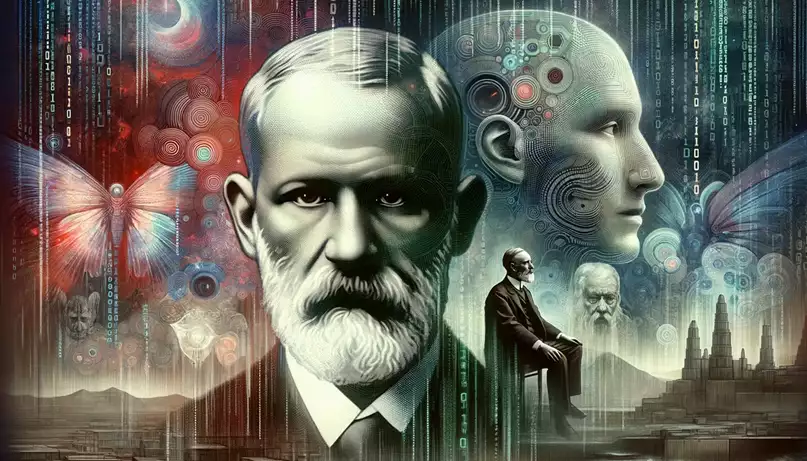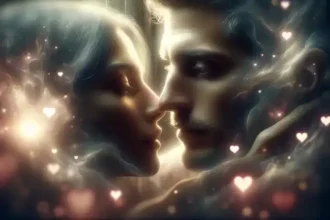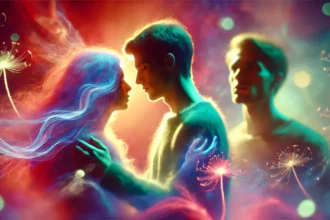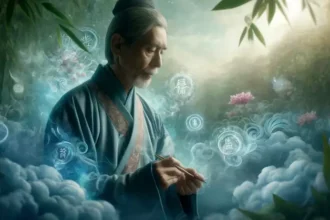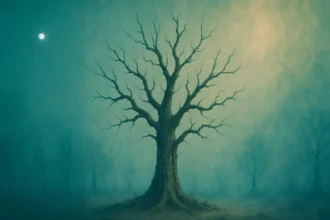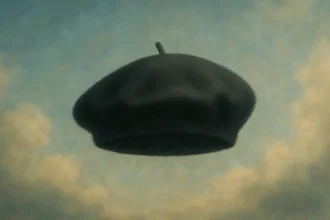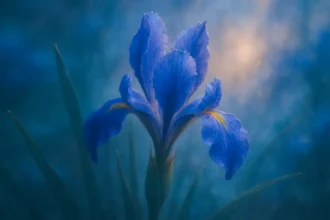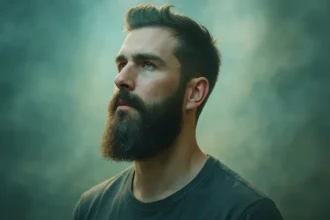Dreams have always been a source of fascination and mystery. Why do we dream? What do our dreams mean?
These questions have puzzled philosophers, scientists, and thinkers for millennia. Across different cultures and epochs, dreams have been seen as messages from the divine, reflections of our innermost thoughts, or simply the brain’s way to entertain itself at night.
Today, we’ll explore how modern theories evolved from ancient beliefs and how they attempt to explain the intriguing world of dreams.
Freud’s Psychoanalytic View
Sigmund Freud, often hailed as the father of psychoanalysis, revolutionized how we understand dreams with his groundbreaking work, “The Interpretation of Dreams.” Freud suggested that dreams are a direct connection to our unconscious mind, where repressed desires and unresolved conflicts reside.
He proposed that through dreams, these hidden desires are expressed in symbolic forms. For instance, dreaming about flying might not just be about the act of flying but could symbolize a desire for freedom or escape from pressures in your waking life.
To illustrate, imagine a scenario where you’re feeling overwhelmed at work and under pressure from your boss to meet impossible deadlines. You might find yourself dreaming about soaring in the sky, which Freud might interpret as a manifestation of your desire to escape these stresses.
Alternatively, if you dream about losing your teeth, Freud would suggest this symbolizes anxiety about appearance and social acceptance, common worries in everyday life.
Freud’s theory posits that every dream is a fulfillment of a wish that we are unable to satisfy when awake. His approach involved two major components: the manifest content (what you actually remember from your dream) and the latent content (the hidden psychological meaning).
For example, if you dream about sitting an exam you haven’t prepared for, the manifest content is the exam itself, but the latent content may reveal a deeper fear of failure or unpreparedness that might be applicable to more than just academic situations in your life.
This psychoanalytic view has been both influential and controversial, laying the foundation for countless theories that followed. Freud’s interpretations encourage us to look beyond the surface of our dream narratives, suggesting that understanding our dreams can lead to deeper self-awareness and psychological healing.
Carl Jung’s Archetypal Perspectives
Carl Jung expanded on Freud’s ideas but introduced a fundamentally different understanding of dreams. He believed that dreams are not just personal but tap into the collective unconscious, a universal datum that is the repository of all the experiences and knowledge of the human race.
According to Jung, dreams communicate through symbols common across cultures, which he called archetypes. These archetypes might include motifs such as the wise old man or the nurturing mother.
For example, consider a dream in which you encounter a wise, guiding figure who helps you find your way through a confusing forest. Jung might interpret this as your psyche connecting with the “wise old man” archetype, suggesting your subconscious is seeking guidance during a confusing or challenging time in your life.
This figure doesn’t just represent your personal experiences but connects to a deeper, universal pool of wisdom that all humans share.
The Activation-Synthesis Hypothesis
The Activation-Synthesis model, developed by J. Allan Hobson and Robert McCarley, marked a significant shift from psychoanalytic views on dreaming. This theory suggests that dreams don’t necessarily have inherent meaning but are rather the result of the brain’s attempt to make sense of neural activity during sleep.
They proposed that during REM sleep, the brainstem stimulates the limbic system, which is involved in emotions, sensations, and memories, creating random electrical brain impulses. The brain, in its attempt to interpret these signals, constructs dreams from fragments of thoughts and imagery.
For instance, if you’ve been playing a lot of video games or watching thriller movies, the random firing of neurons associated with these activities might result in a high-paced, action-packed dream. According to the Activation-Synthesis hypothesis, this dream doesn’t have a deep meaning but is simply the brain organizing random information into a narrative.
This perspective views dreams as a byproduct of our brain’s functioning and not necessarily a window to the subconscious or our emotional state.
These two theories illustrate the range of thinking about dreams, from viewing them as meaningful messages from the unconscious to seeing them as mere byproducts of brain activity. Each theory offers a different way to understand the rich tapestry of our dream lives.
Dream Interpretations in Modern Culture
Dreams have not only fascinated various cultures historically but also deeply influenced modern media across books, movies, music, and television. Here are some notable examples that explore and celebrate the concept of dreaming:
Inception (2010 Film): Directed by Christopher Nolan, “Inception” is a cinematic tour de force that intricately explores the manipulation of dreams. The film introduces the concept of dream layers, where each level represents a deeper subconscious state, providing a fertile ground for a unique blend of psychological thriller and heist drama.
The idea that an idea can be planted in someone’s mind during sleep captivates viewers, prompting them to question their own perceptions of reality and the power of the subconscious.
The Sandman (Comic Series and Netflix Show): Neil Gaiman’s “The Sandman” brings to life the ethereal character of Dream, also known as Morpheus, who controls and manipulates the dreams of all beings in the universe. This series delves into the nuances of how dreams influence reality and the interconnectedness of dream and waking life.
The narrative weaves through various mythologies and historical settings, showcasing dreams as a powerful, shaping force in both individual lives and the broader cosmos.
“Row, Row, Row Your Boat” (Nursery Rhyme): This seemingly simple song carries a profound philosophical underpinning, likening life to a dream-like stream. It’s a reminder of the fleeting, illusory nature of existence, encouraging a gentle, flowing approach to life’s complexities, much like one would softly navigate through dream sequences.
A Midsummer Night’s Dream (Play by William Shakespeare): Shakespeare’s play is a quintessential exploration of dreams, love, and the thin line between illusion and reality. The characters find themselves in a forest where magical flower potions cause them to fall in and out of love, leading to a series of comedic and romantic entanglements.
The forest acts as a metaphorical dream, a space where normal rules don’t apply, and characters must confront the irrational nature of their desires and identities.
“Dream On” (Song by Aerosmith): This iconic song encourages listeners to chase their dreams relentlessly. “Dream On” speaks to the universal desire to reclaim the innocence and boundless possibilities of youth.
The song’s powerful lyrics underscore the notion that living fully often means pursuing our dreams, no matter how elusive they may seem.
Eternal Sunshine of the Spotless Mind (2004 Film): This film explores the concept of memory and identity through dream-like sequences where the protagonist chooses to erase painful romantic memories. It beautifully illustrates how our dreams and memories are intertwined and how they forge our emotional realities.
The narrative challenges viewers to consider the value of even painful experiences and the profound impact they have on our personal growth.
The Matrix (1999 Film): “The Matrix” cleverly blurs the lines between perceived reality and the dream world. The film’s premise involves a simulated reality known as the Matrix, crafted to subdue humanity while machines use their bodies as energy sources.
It raises philosophical questions about the nature of reality, perception, and freedom, suggesting that what we perceive as real might just be an elaborate dream state controlled by external forces.
Conclusion: The Universal Language of Dreams
Dreams transcend the boundaries of time and culture, serving as a universal language that connects us to the deepest parts of ourselves and our shared human experience. Throughout history, from ancient civilizations to modern psychology and popular culture, dreams have consistently been a source of fascination, fear, and insight.
Whether viewed as messages from the divine, reflections of our subconscious, or random neural firings, dreams offer a unique window into the psyche, providing valuable clues to our desires, fears, and even our future potential.
The exploration of dreams in modern culture, particularly through movies, literature, and music, illustrates their continued relevance and impact. Works like “Inception” and “The Matrix” challenge our perceptions of reality and invite us to question the very nature of consciousness and existence.
Meanwhile, plays like “A Midsummer Night’s Dream” and songs like “Dream On” reflect on the lighter, more whimsical aspects of dreams, reminding us of the creative and inspirational potential that dreaming can unleash.
As science and technology advance, our understanding of dreams may evolve, but their mystery and allure likely will never fade. Dreams will continue to inspire artists, challenge scientists, and captivate all who wonder about their nighttime visions.
They remain one of the most intriguing and enduring puzzles of human existence, inviting each of us to explore not just the meaning of our own dreams, but the very essence of reality and consciousness itself.


